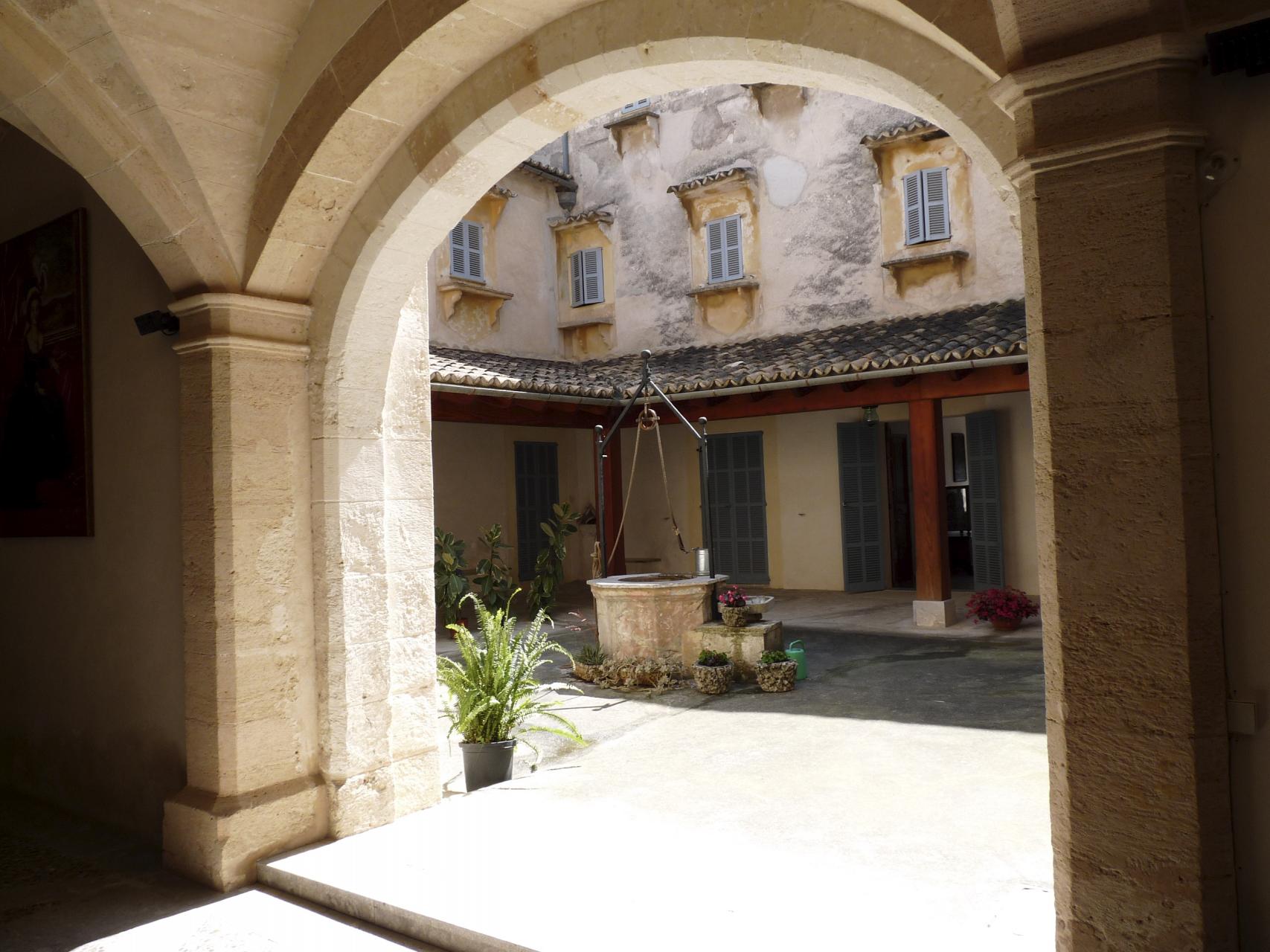
The palace is not a legend but it has legendary status - a 700-year-old palace of the Kingdom of Mallorca. | M. RAMIS
Palma29/03/2022 10:20
When King Jaume II was looking for a retreat away from the Ciutat (aka Palma), he didn’t consider a palace elsewhere by the sea. It does perhaps say something for how the coast of Mallorca, with the exception of that part where Palma stood, was viewed back in the early fourteenth century. For a king, or anyone else for that matter, the coast was risky because of pirates. This was a reason why so little of the coast was occupied, another having been that land right by the coast was generally of no value. It couldn’t be worked because of, for example, dunes. This perception of the coast was to last for hundreds of years.

No comments
To be able to write a comment, you have to be registered and logged in
Currently there are no comments.